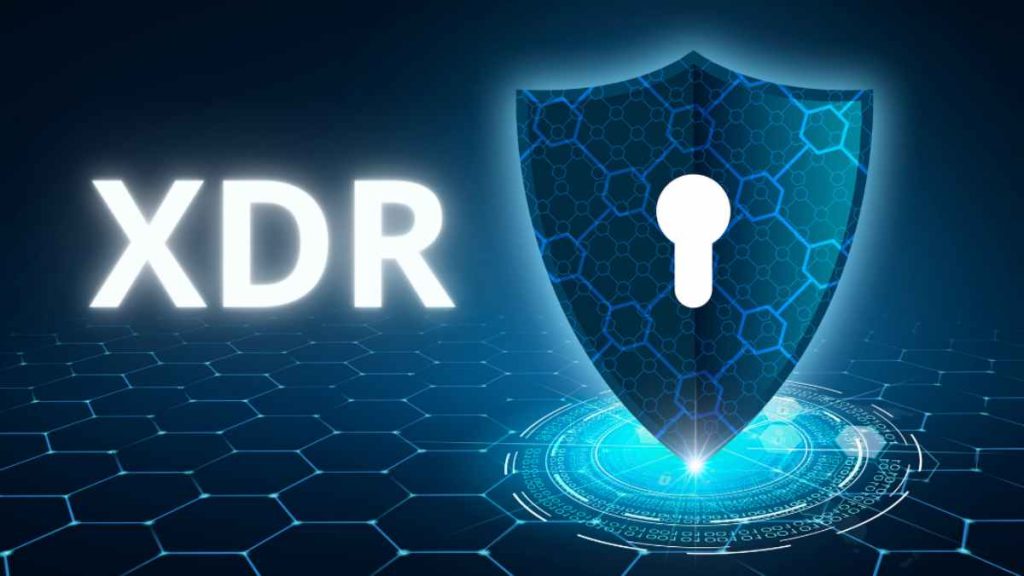The modern digital landscape is dynamic and constantly evolving, but with threats that can challenge even the most robust of security system.
Companies of all sizes are finding it really challenging to manage and respond to security threats effectively.
This is where Extended Detection and Response (XDR) is important.
So, what is XDR?
Before examining the benefits, it is useful to ensure we understand what Extended Detection and Response (XDR security) entails.
XDR is an advanced cybersecurity solution that automatically collects and correlates data across an organizations entire digital environment, which may be email, network, endpoints, servers, cloud applications and more.
Leveraging sophisticated analytics and intelligence, XDR provides integrated threat visibility, rapid detection of compromises, streamlined investigation capabilities and automated response workflows.
Now let’s explore the major advantages XDR offers:
· Unified View of Threat Landscape: Legacy security tools often operate in independent silos with disparate visibility. XDR breaks down those silos by integrating alerts, events and telemetry from diverse sources. This grants security teams a holistic, unified view of threats across the entire environment. Seeing the full picture is invaluable for identifying risks that individual tools can miss.
· Enhanced Detection Capabilities: XDR uses the power of advanced analytics, artificial intelligence, machine learning and behavioral modeling to detect subtle or unknown threats that other systems overlook. By recognizing patterns of malicious activity across domains, XDR augments organizations threat detection capabilities.
· Rapid Response Times: Time is critical when containing confirmed threats. XDR delivers not just detection but also swift automated response capabilities to neutralize threats before they escalate. Streamlining and automating specific actions allows XDR to halt attacks and minimize potential damages.
· Reduced Complexity: Juggling many disparate security tools can impose major complexity and overhead. XDR converges various functionalities into a unified and natively integrated solution. The resulting simplification and consolidation reduces tool sprawl and complexity burdens on security teams.
· Improved Efficiency and Productivity: By correlating and contextualizing threat data across domains, XDR provides actionable insights. This allows security staff to focus on important tasks and strategy rather than manual data collection and analysis. Reclaiming this time boosts the efficiency and productivity of security operations.
· Cost Savings: XDR represents an investment and it can yield major cost savings over time. Consolidating tools and automating workflow reduces overhead. And preventing breaches mitigates far greater costs from data loss, IT downtime, legal actions and reputational harm.
· Scalability and Flexibility: XDR solutions are architected to scale with organizations and keep pace with the evolving threat landscape. As companies grow, XDR allows them to easily adapt to new business demands and security challenges.
· Regulatory Compliance: By ensuring robust security practices and providing audit and documentation capabilities, XDR helps organizations demonstrate compliance with strict data protection and privacy regulations. This avoids stiff regulatory penalties.
· Proactive Threat Hunting: XDR enables security teams to pivot from reactive to proactive. Analytical capabilities empower hunting for vulnerabilities and early indicators of compromise before threatening attacks happen. This proactive nature reduces risk.
In conclusion, XDR delivers integrated visibility, detection and response that are important for defending modern digitized organizations against sophisticated threats and third party access. It provides a wide range of benefits that makes XDR an important security solution going forward.

